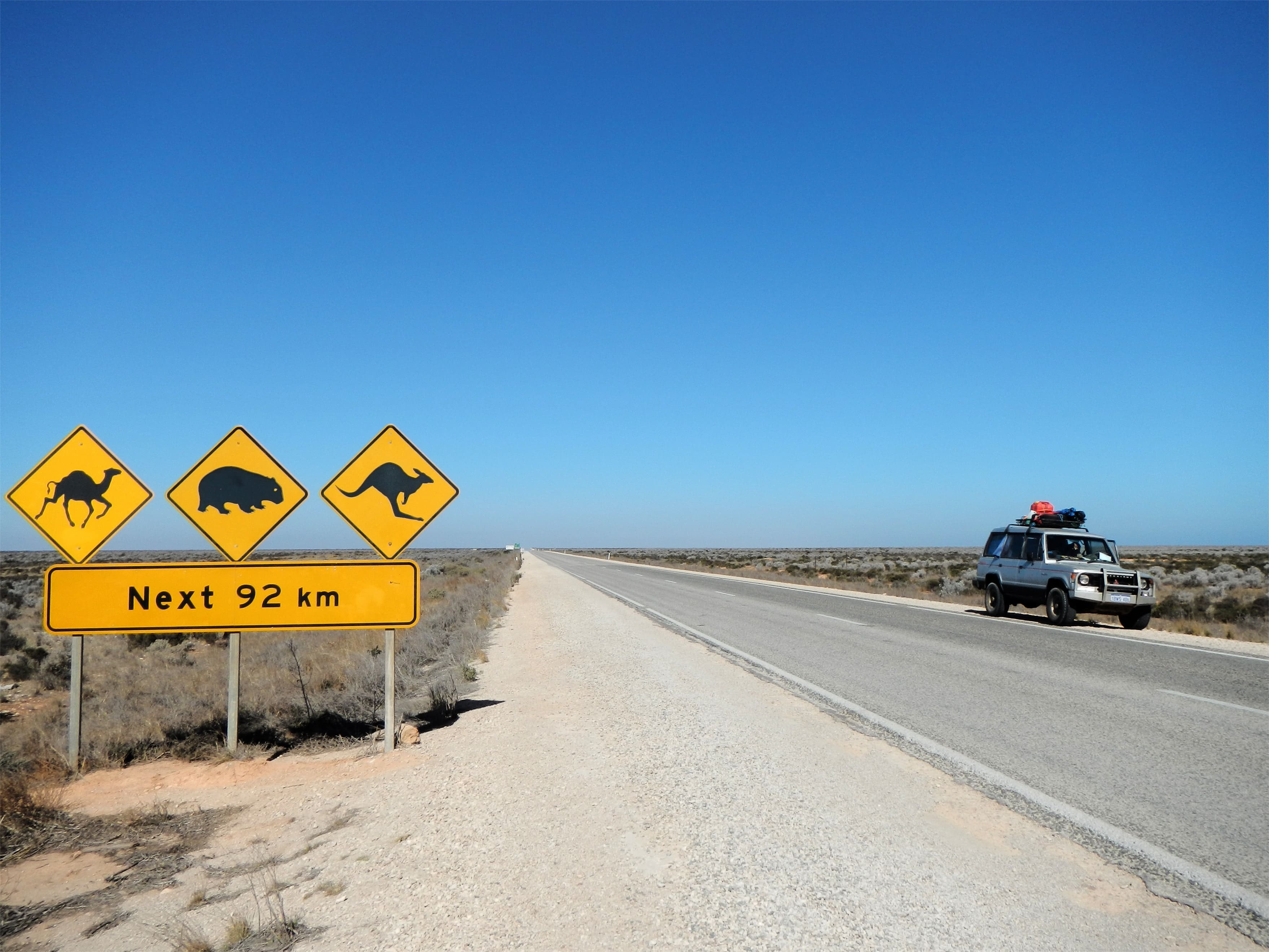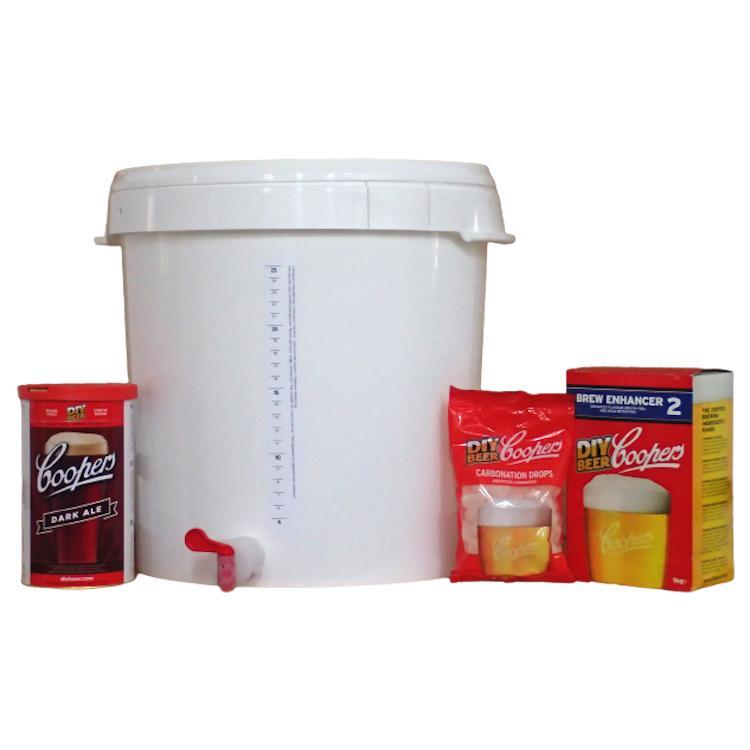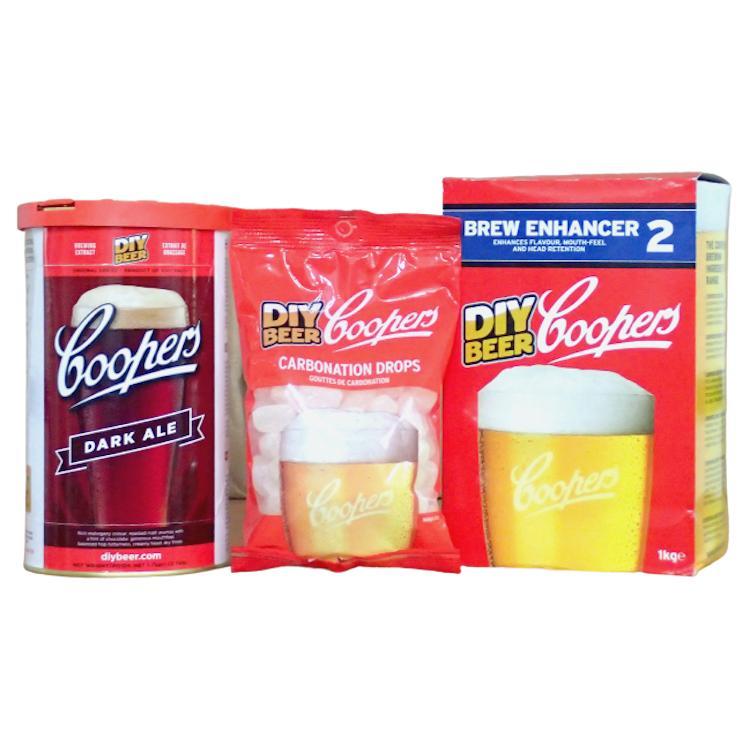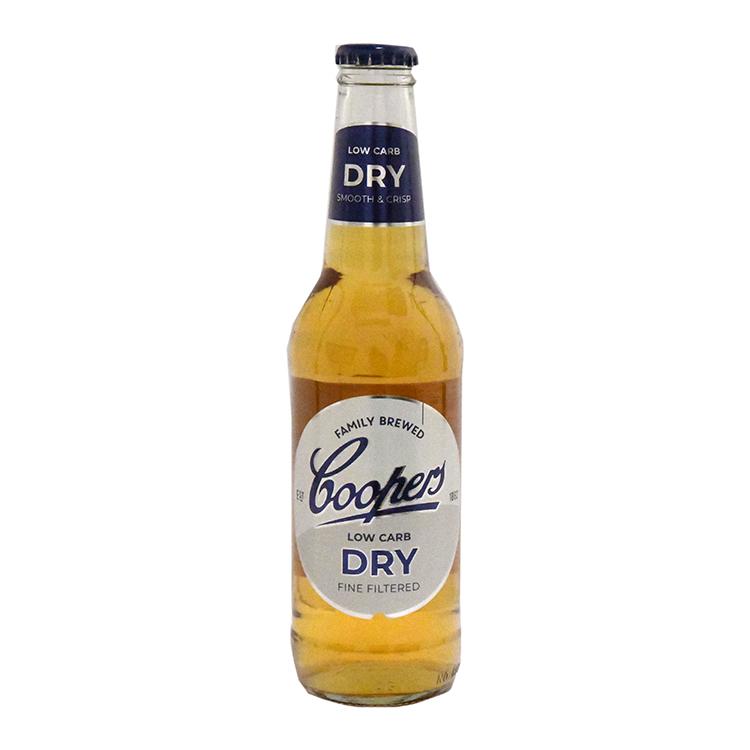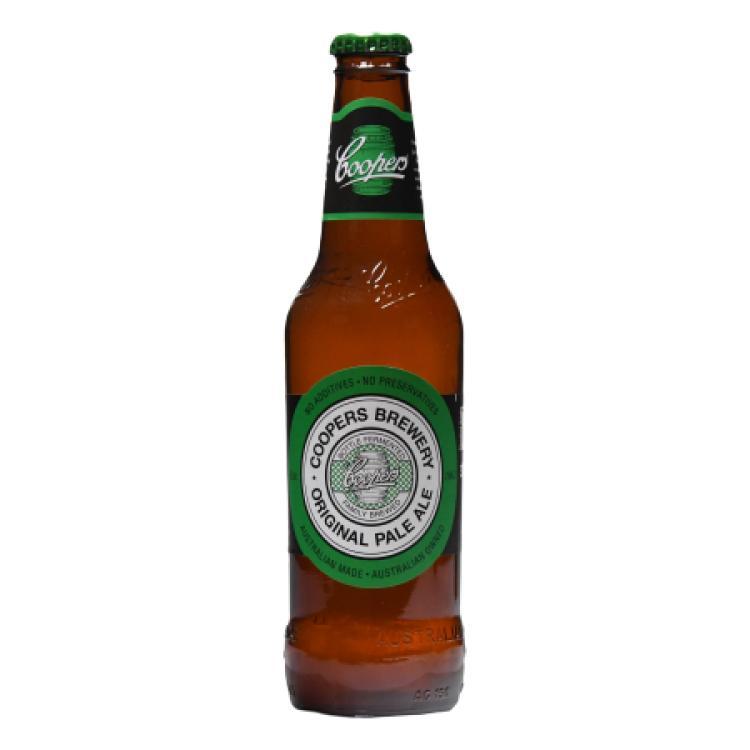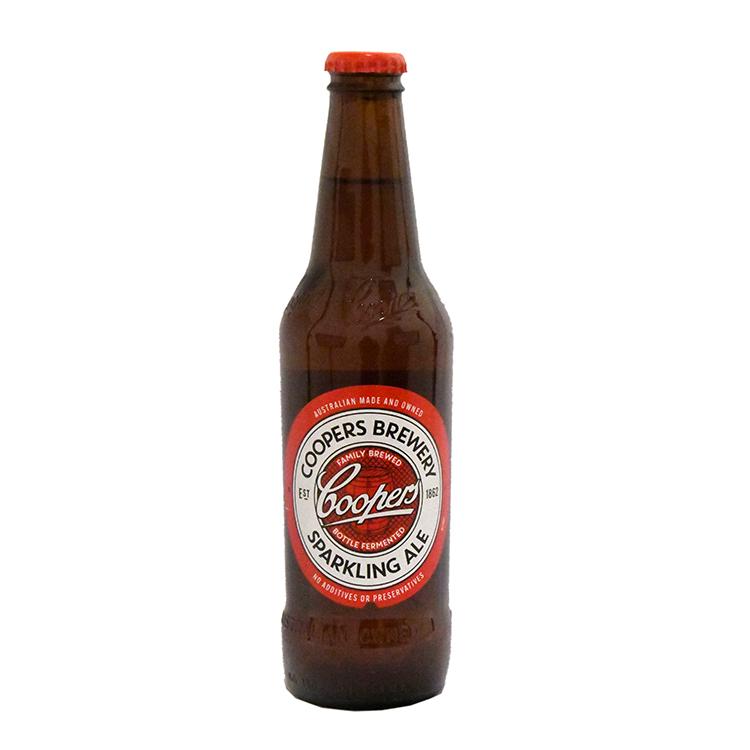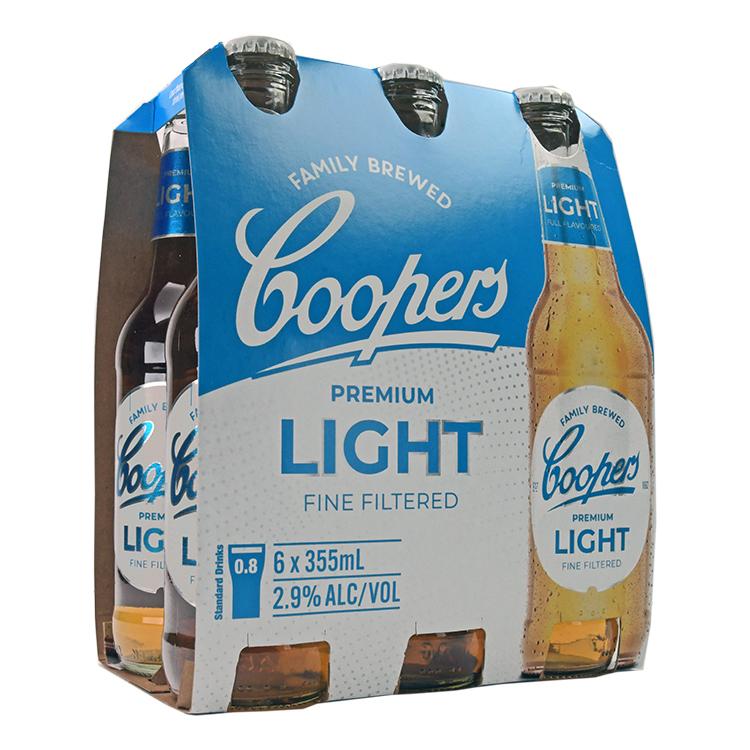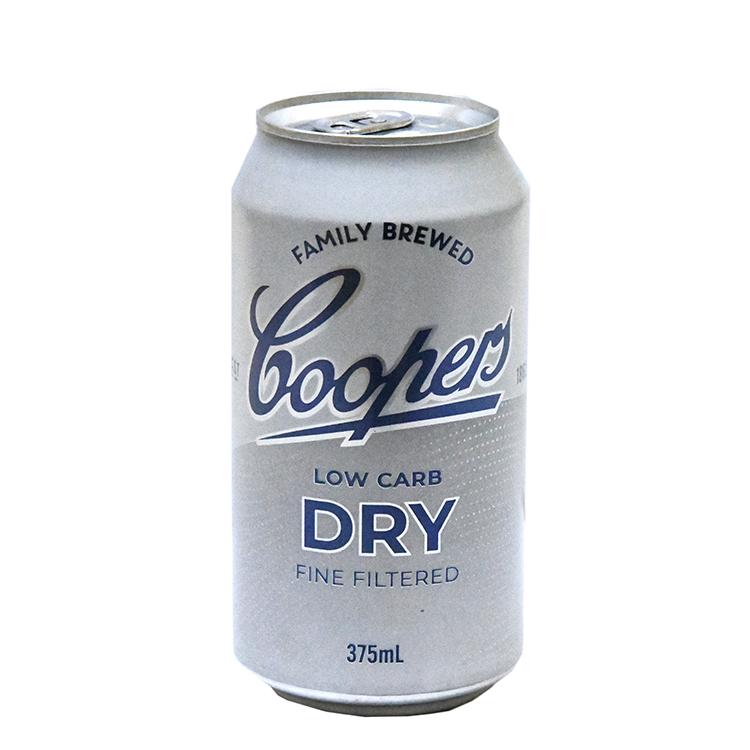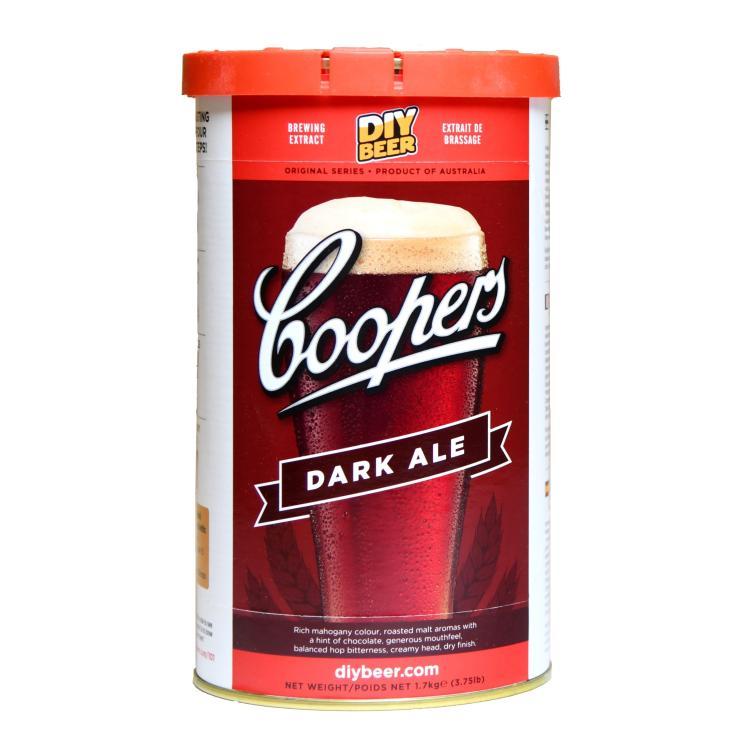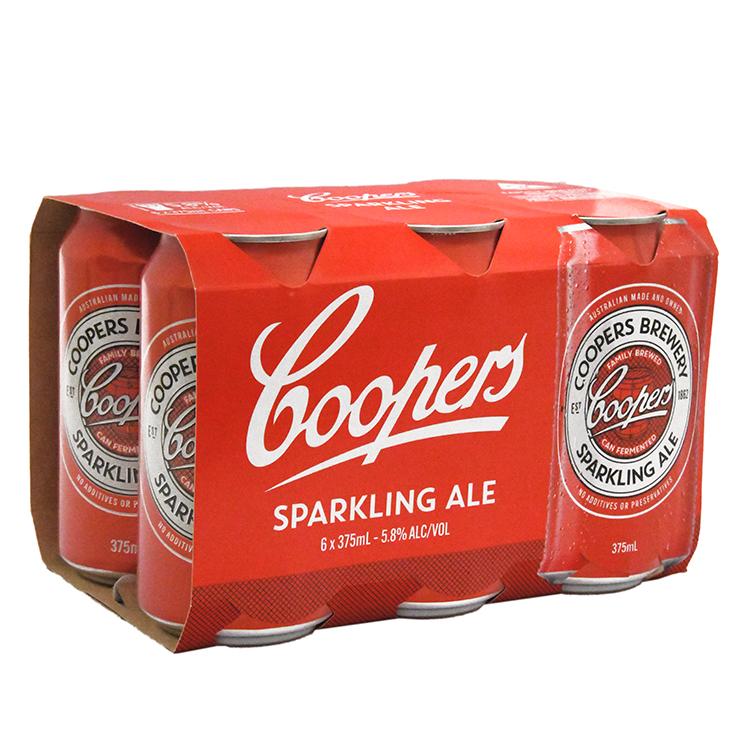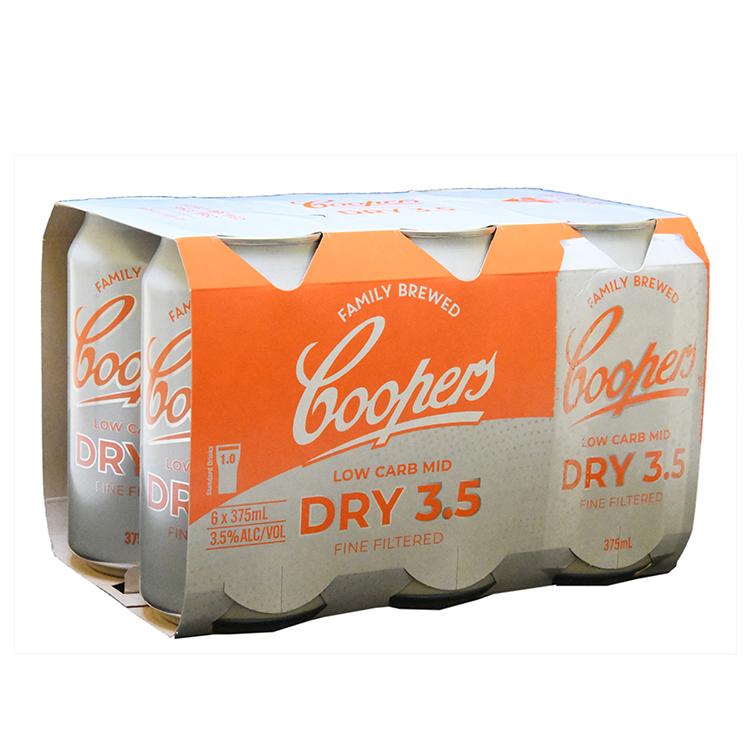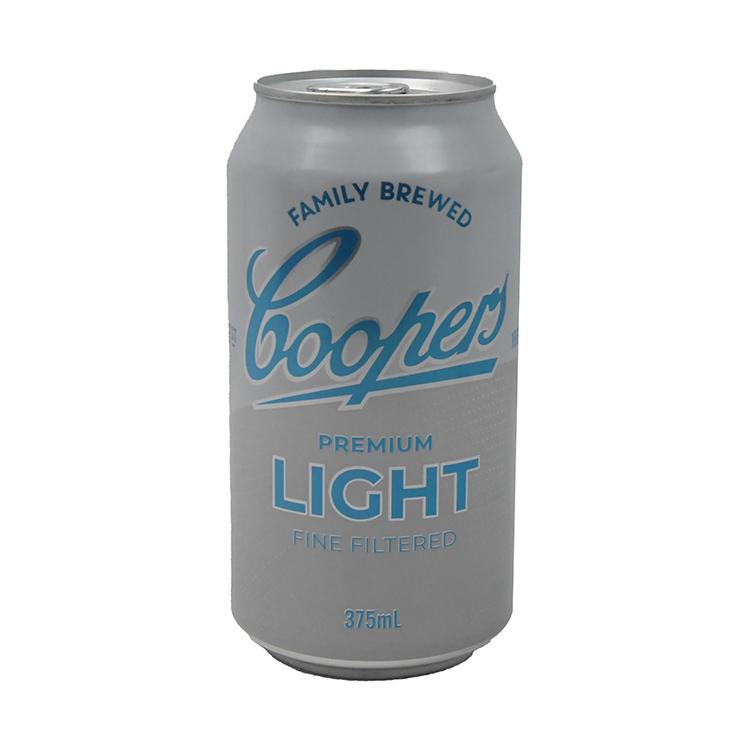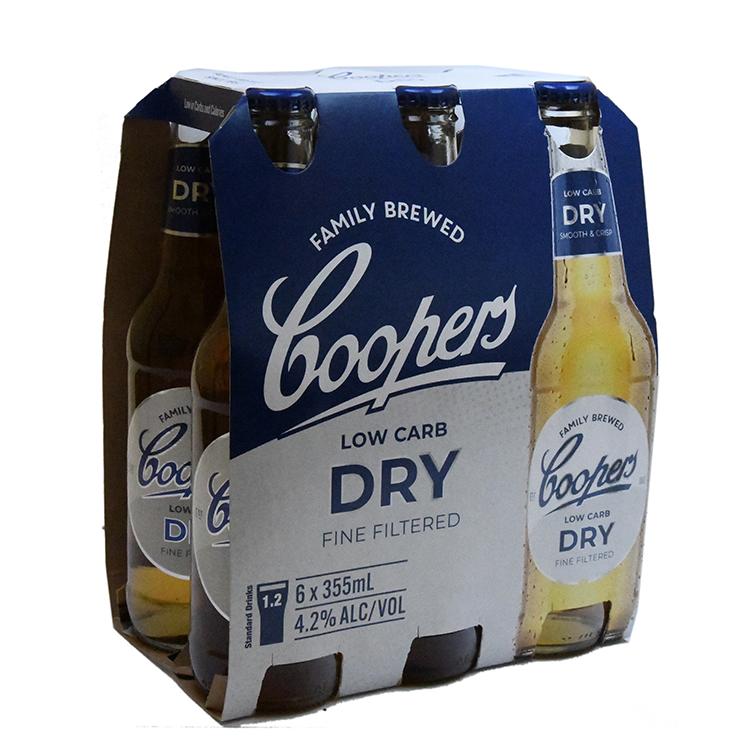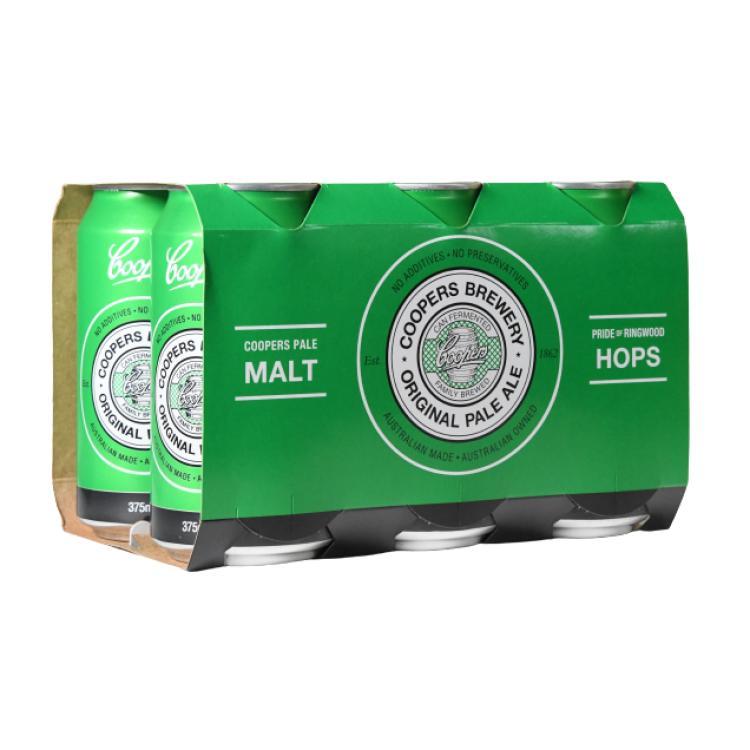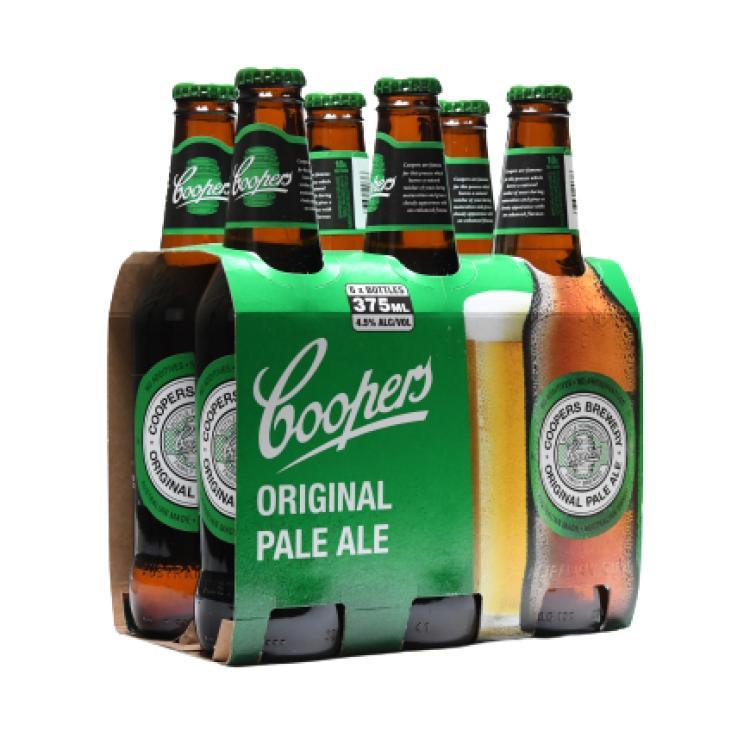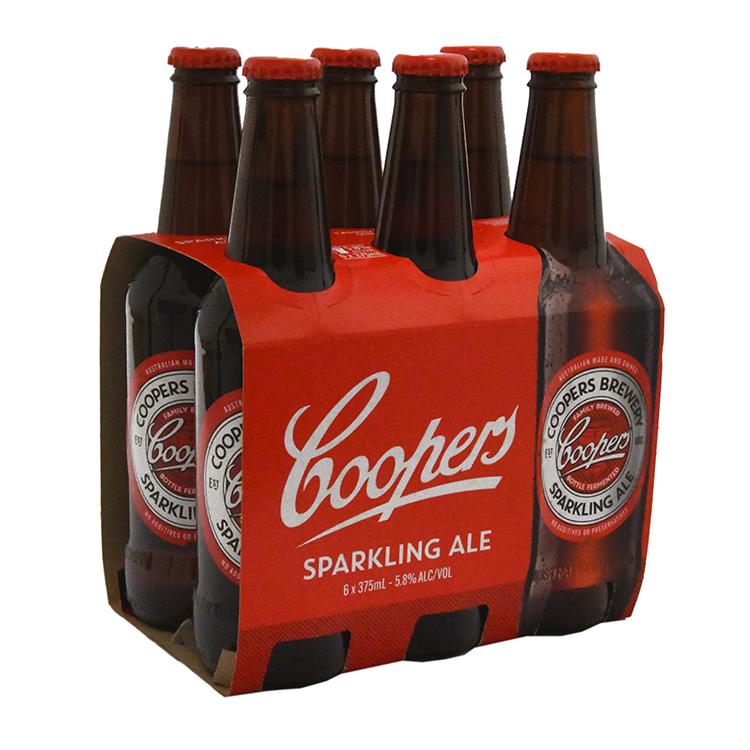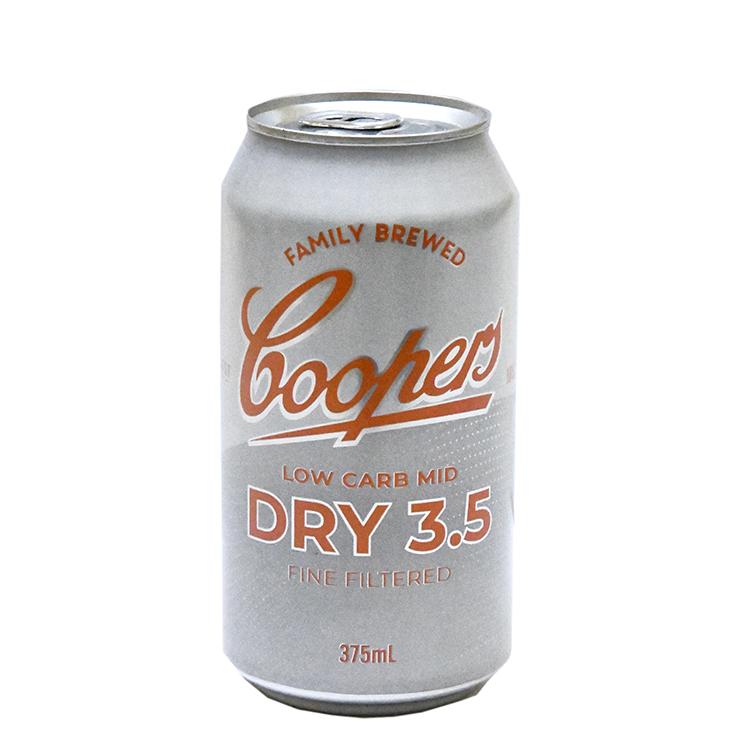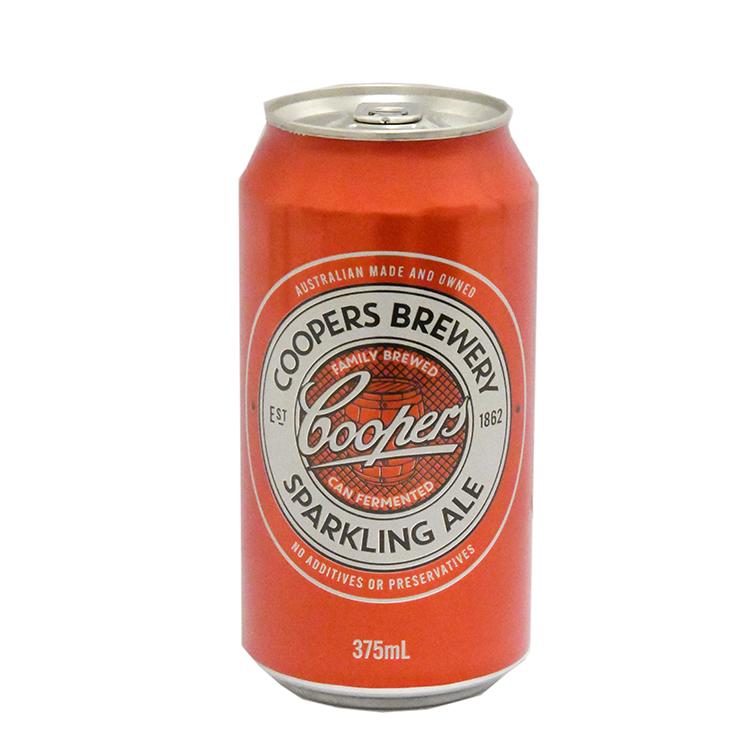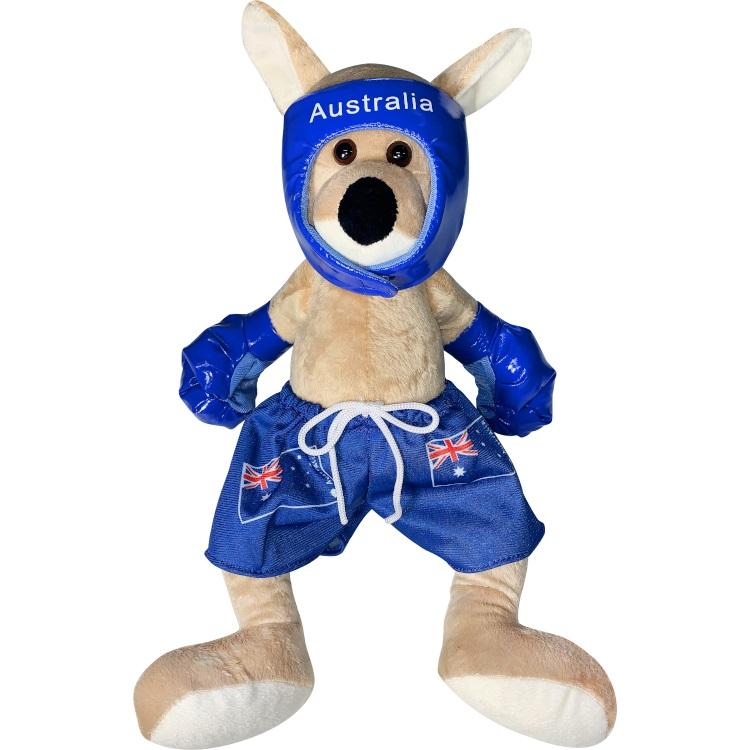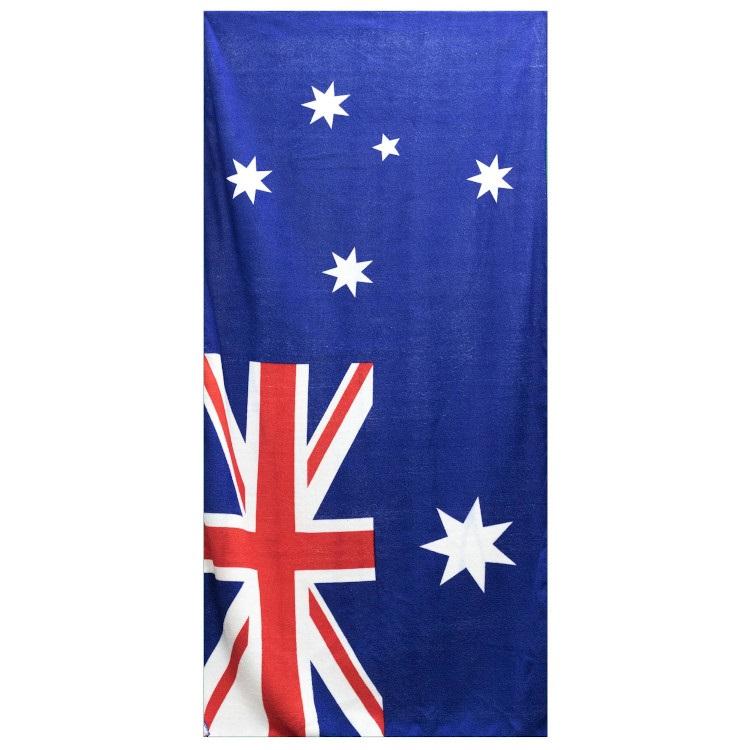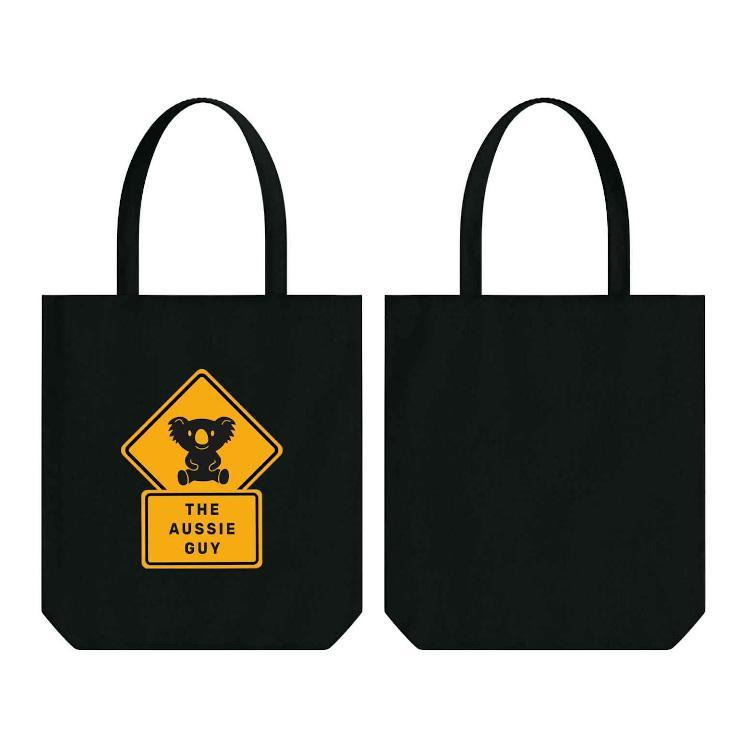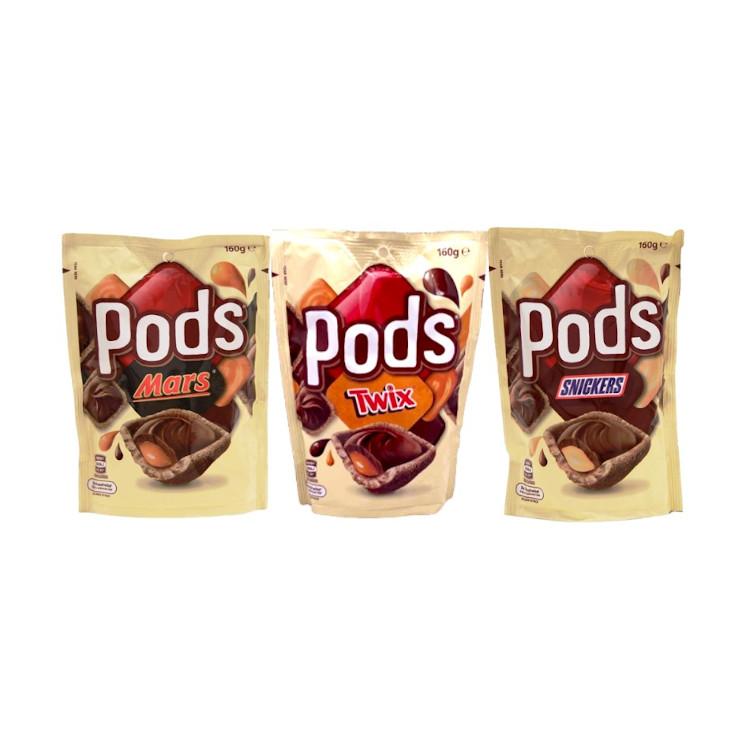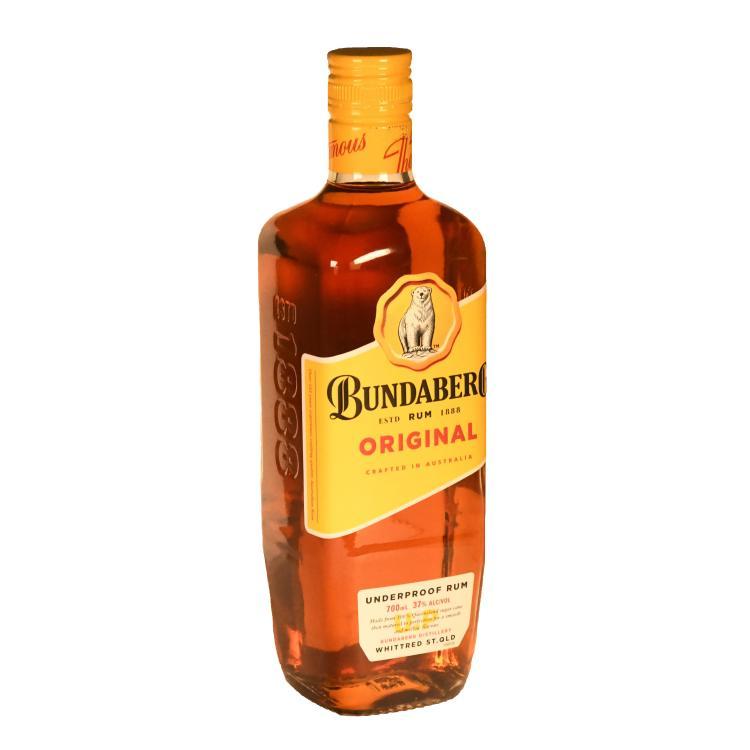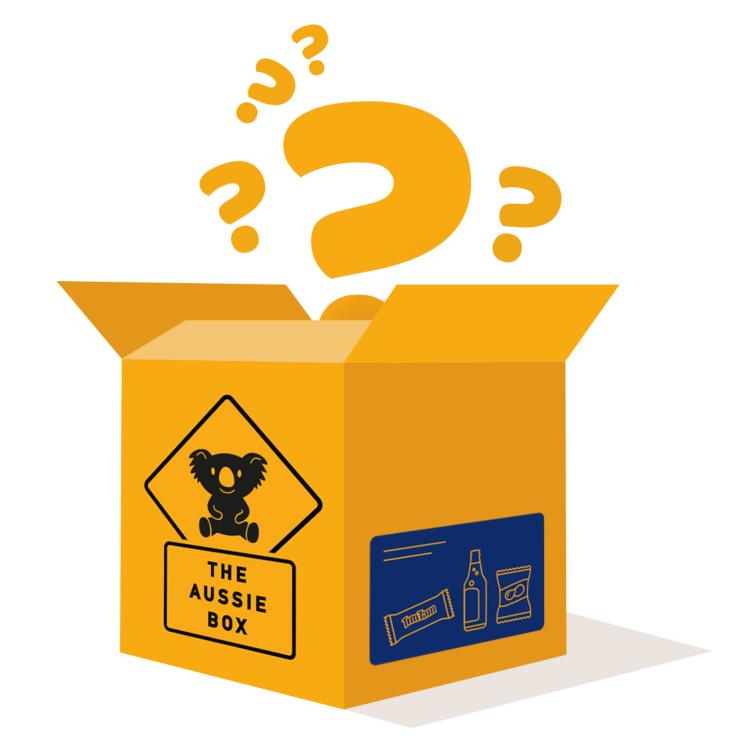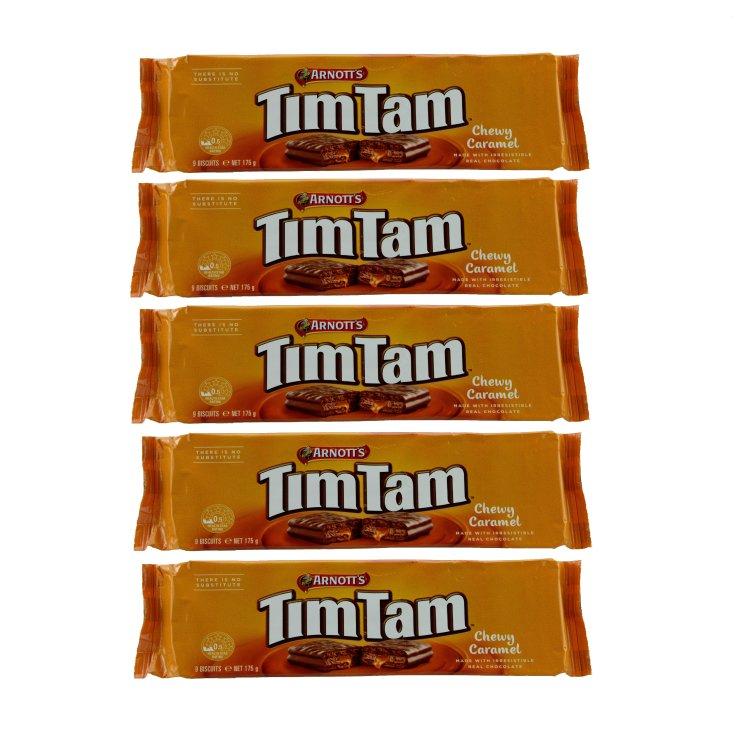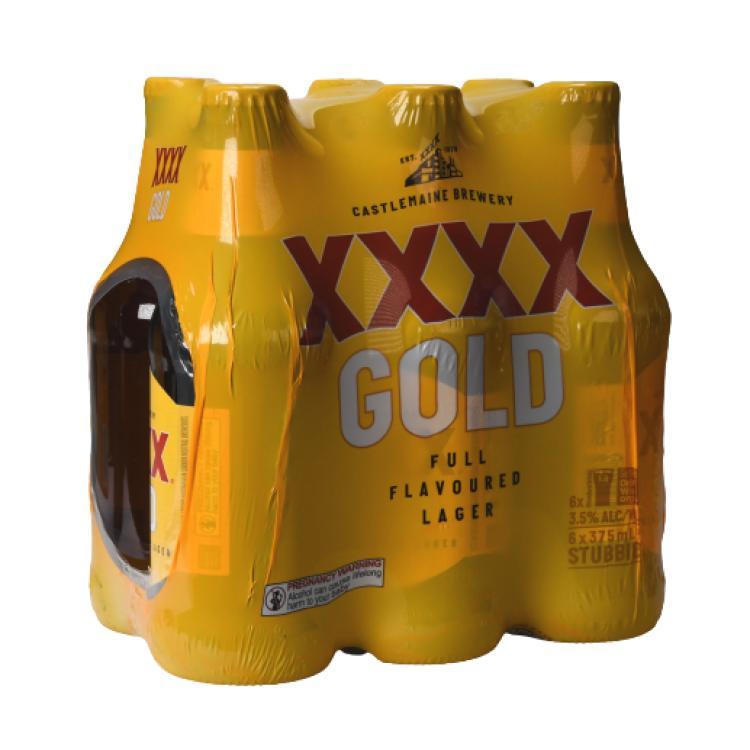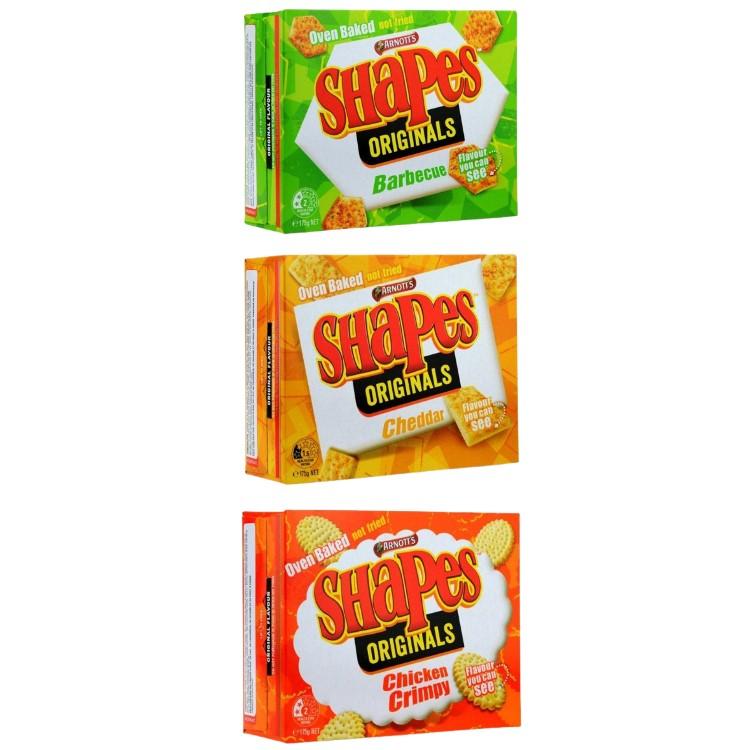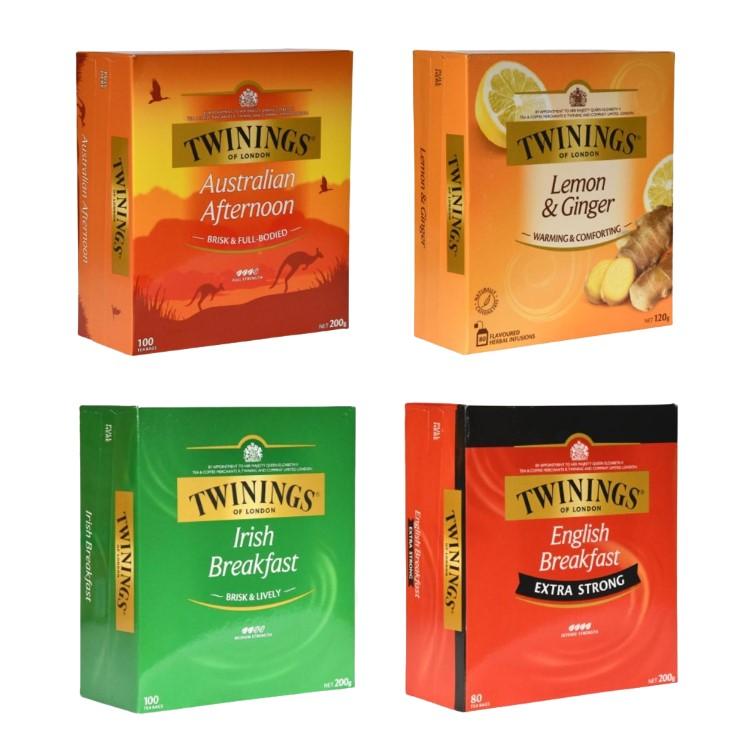Bier
Coopers Home Brew Kit Dark Ale
39,90 €
1 Set
(39,90 / 1 Set)| Article ID | AU200187 |
|---|
Coopers Home Brew Kit Dark Ale
Coopers Dark Ale Rich mahogany colour and a creamy head. Roasted malt flavours with a hint of chocolate, generous mouthfeel dominated by roasted malt flavours, sufficient hop bitterness to give balance and a dry finish. A favourite among dark beer drinkers.
DO IT YOURSELF: Brewing your own beer made easy - now you can easily brew your own Aussie Coopers beer at home with our complete home brew kits.
Cleaning
All equipment that comes into contact with your brew must be thoroughly cleaned first.
1. Before using for the first time, it is sufficient to rinse all individual parts of your fermentation bucket thoroughly once with hot water. After repeated use, soak beforehand until any stuck-on residues have softened. Note: Avoid any type of cleaning agent or soap unless it has been specially made for brewing.
2. Remove residues with a soft cloth and rinse thoroughly. Note: Do not use cleaning agents that could scratch the plastic.
3. Recommendation: Disinfect your equipment with an odourless household bleach, for example. The same applies here in any case: Rinse thoroughly!
Mixture
1. Mix can contents with 2 litres of water. Add the Coopers brewing booster provided.
2. Fill the fermentation bucket with cold water up to the 20 litre mark, mix thoroughly with a plastic spoon and check that the temperature is between 21°C and 27°C.\
3. Top up to 23 litres with hot/cold water to reach 21°C to 27°C. Try to get as close as possible to the lower end of the recommended temperature range.
Tip:
If you are not sure how much hot or cold water is needed, try to get a feel for what is needed to reach 21°C to 27°C beforehand without any ingredients.
4. Sprinkle the yeast evenly over the surface of the brew and put the lid on.
Important:
Even if the temperature is outside the recommended range, but within the range of 18°C to 32°C, add the yeast. At this point, the rapid addition of yeast is more important than the ideal temperature.
Brewing
After 12 to 24 hours, you will see signs that fermentation is underway, such as foaming and clouding of the brew. At this stage, make sure the temperature is constant and leave your brew to ferment.
Tip:
Temperature control. Whilst the yeast supplied with the brew can ferment effectively at 18°C to 32°C, we recommend a brewing temperature of 21°C to 27°C for optimum results. Some techniques to control the temperature include: Heat pad, heat belt, immersion heater, placing the fermenting bucket in a temperature controlled area.
After approx. 6 days at 21°C or 4 days at 27°C (higher temperatures shorten the fermentation time), check the density with a hydrometer. Repeat the test daily until the measurement is stable for 2 consecutive days.
This means that your brew is ready for bottling. At this point, we recommend tasting your brew to check if it tastes and smells good. If so, you can proceed with bottling.
Bottling
Fill the cleaned bottles up to the neck.
After filling, add two Coopers carbon dioxide tablets per 750ml bottle - correspondingly less or more for smaller or larger bottles. Then close the bottles tightly with screw caps or crown caps.
Store the bottles upright and protected from sunlight at or above 18°C for at least 2 weeks to allow secondary fermentation to take place.
+++ Chill and serve the beer +++
The scope of delivery includes:
- Coopers Home Brew Kit Beer Brewing Kit Lager 1.7 kg
- Coopers Brew Enhancer Brew booster 1 kg
- Coopers carbon dioxide tablets 250 g
- 1 brewing and fermentation bucket* 30 litres, graduated (WxHxL: 36x36x40cm)
- 1 hydrometer** for determining the alcohol content (in per cent by volume) based on density
- 1 test glass for hydrometer
*30 litre bucket made of food-safe plastic, with lid, tap and fermentation bung. Equipped with specially reinforced top rim. Made of white polypropylene, so also suitable for hot liquids (up to 100°C). With litre scale (up to 25 litres).
** As the sugar in your brew is converted to alcohol, the density decreases. A measurement result from the hydrometer that remains constant over several days shows you that your beer is ready.
Koldingstr. 1B
22769 Hamburg
